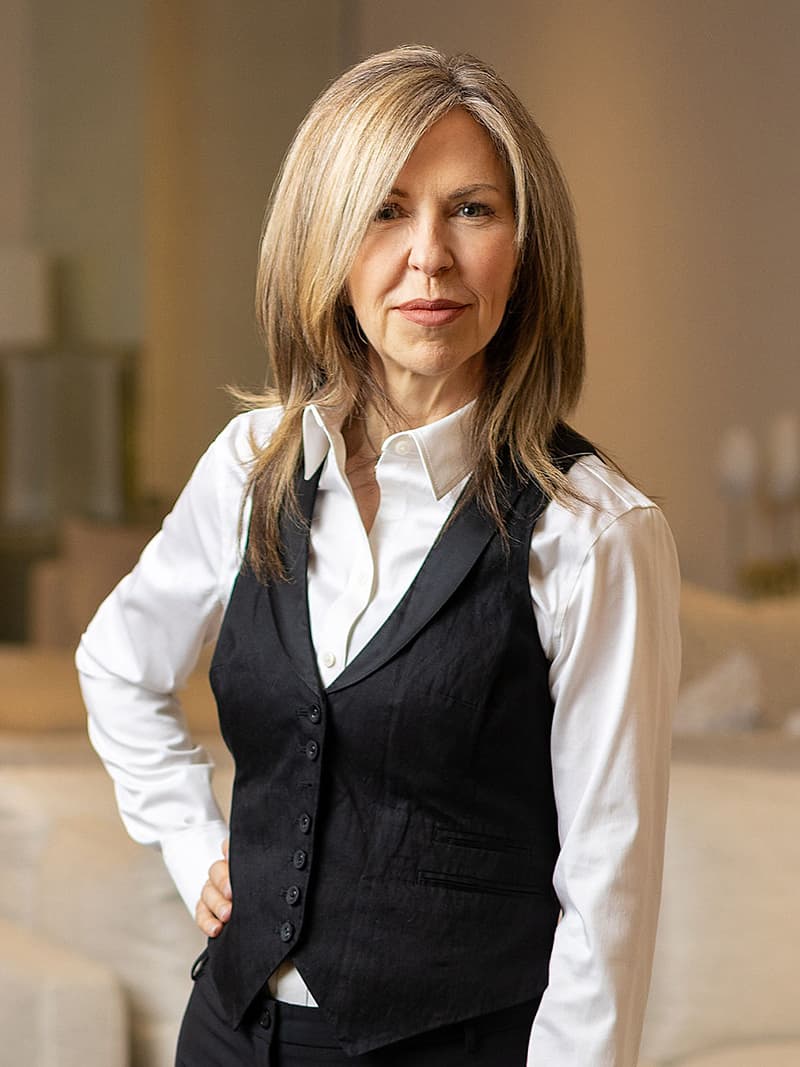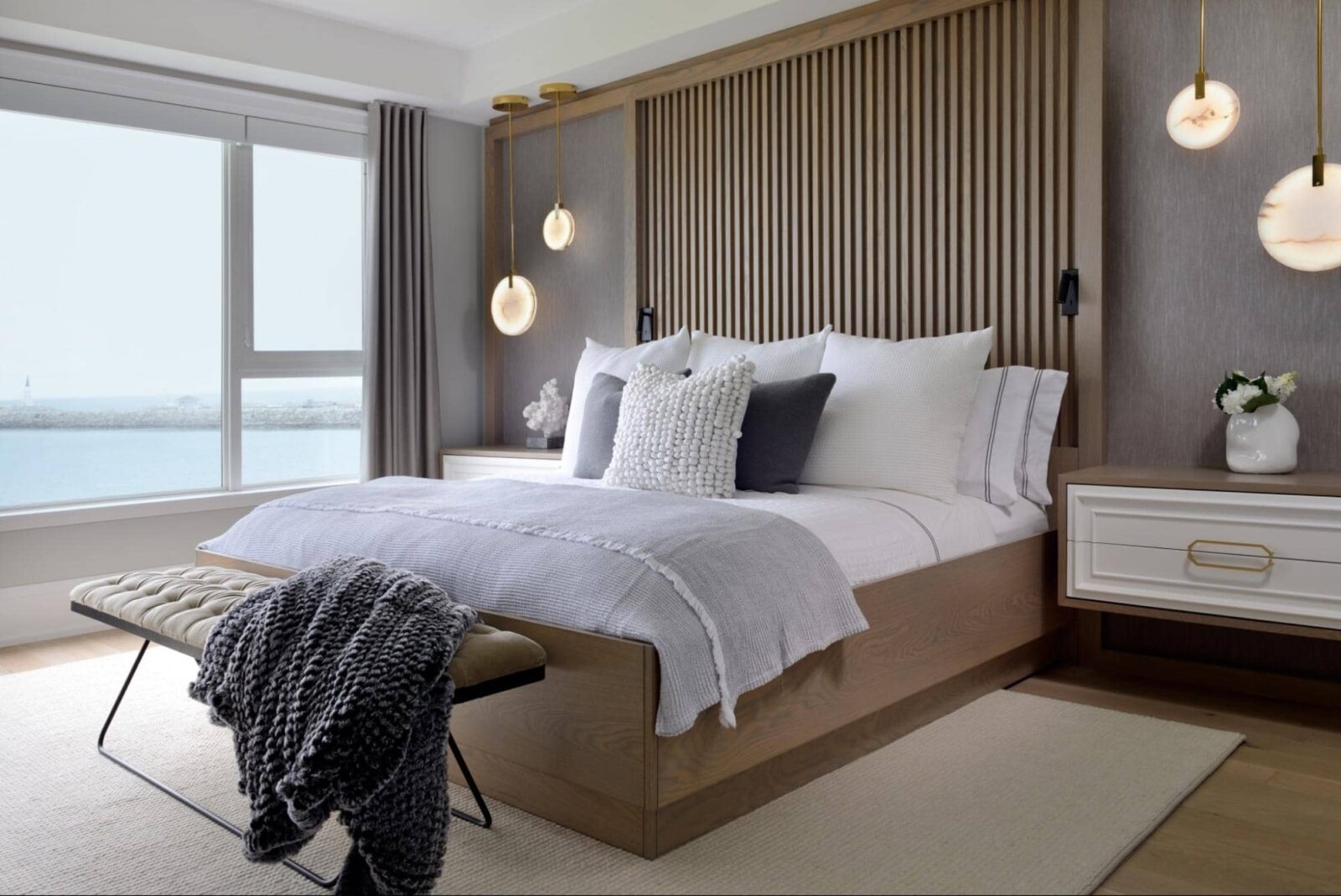
Sustainable design isn’t a trend – it’s a mindset
When we talk about sustainability in design, we’re not just talking about style, we’re talking about impact. Sustainable design is about minimizing resource consumption, reducing waste and creating beauty that doesn’t come at the planet’s expense.
From furniture to fabrics, every choice you make matters. Here are sustainable styling tips to add to your home that are both planet-approved and design-forward. These ideas are easy to incorporate and just might inspire a more thoughtful, intentional way of designing your home.
Choosing sustainable materials
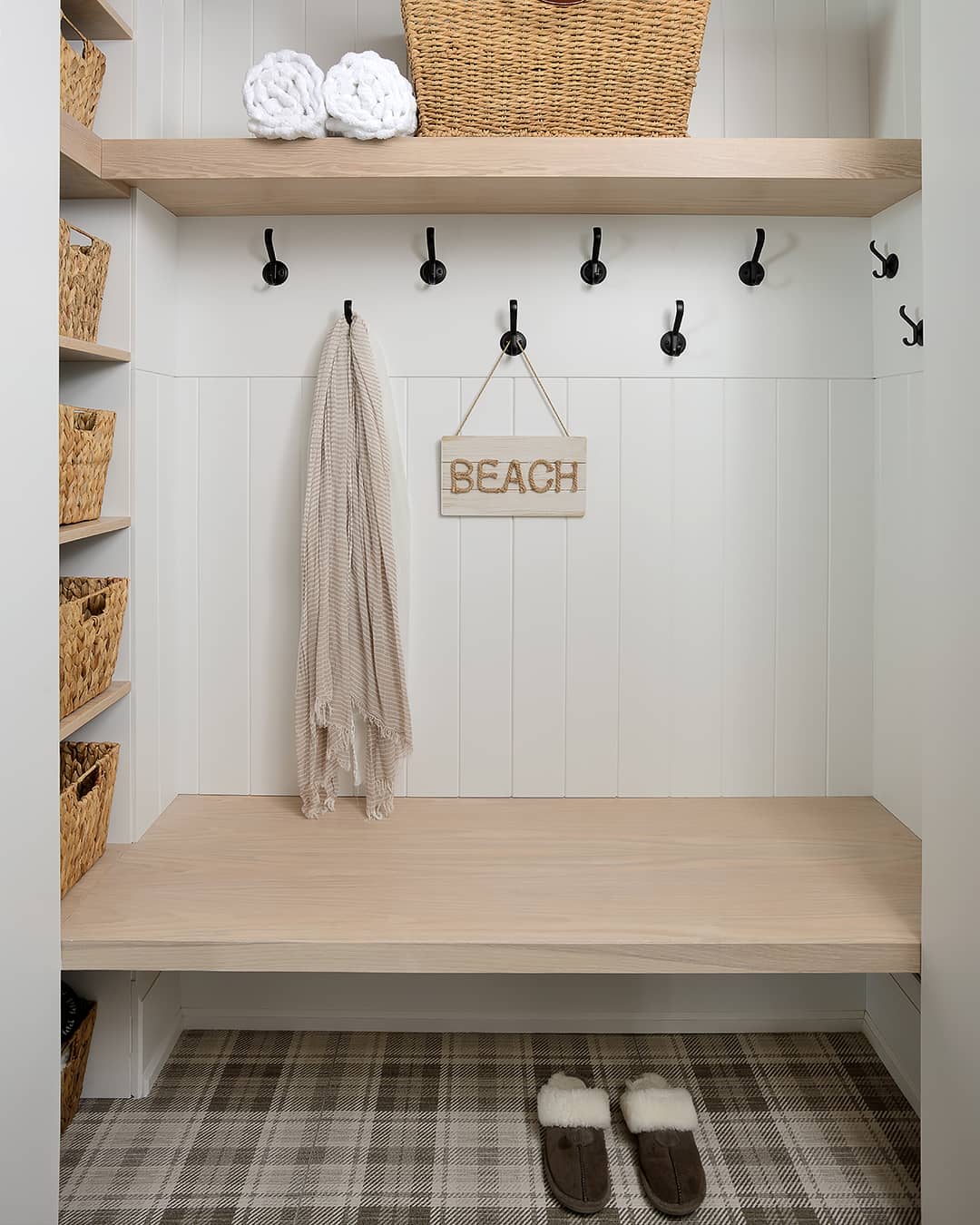
Small choices make a big impact, so I suggest starting with the materials you bring into your space. Look for:
- Reclaimed wood – make sure it’s formaldehyde-free
- Bamboo & cork –fast-growing and renewable
- Recycled metals – gives industrial materials a second life
- Natural wool – undyed or naturally dyed, and ideally sourced locally (yes, even here in Canada!)
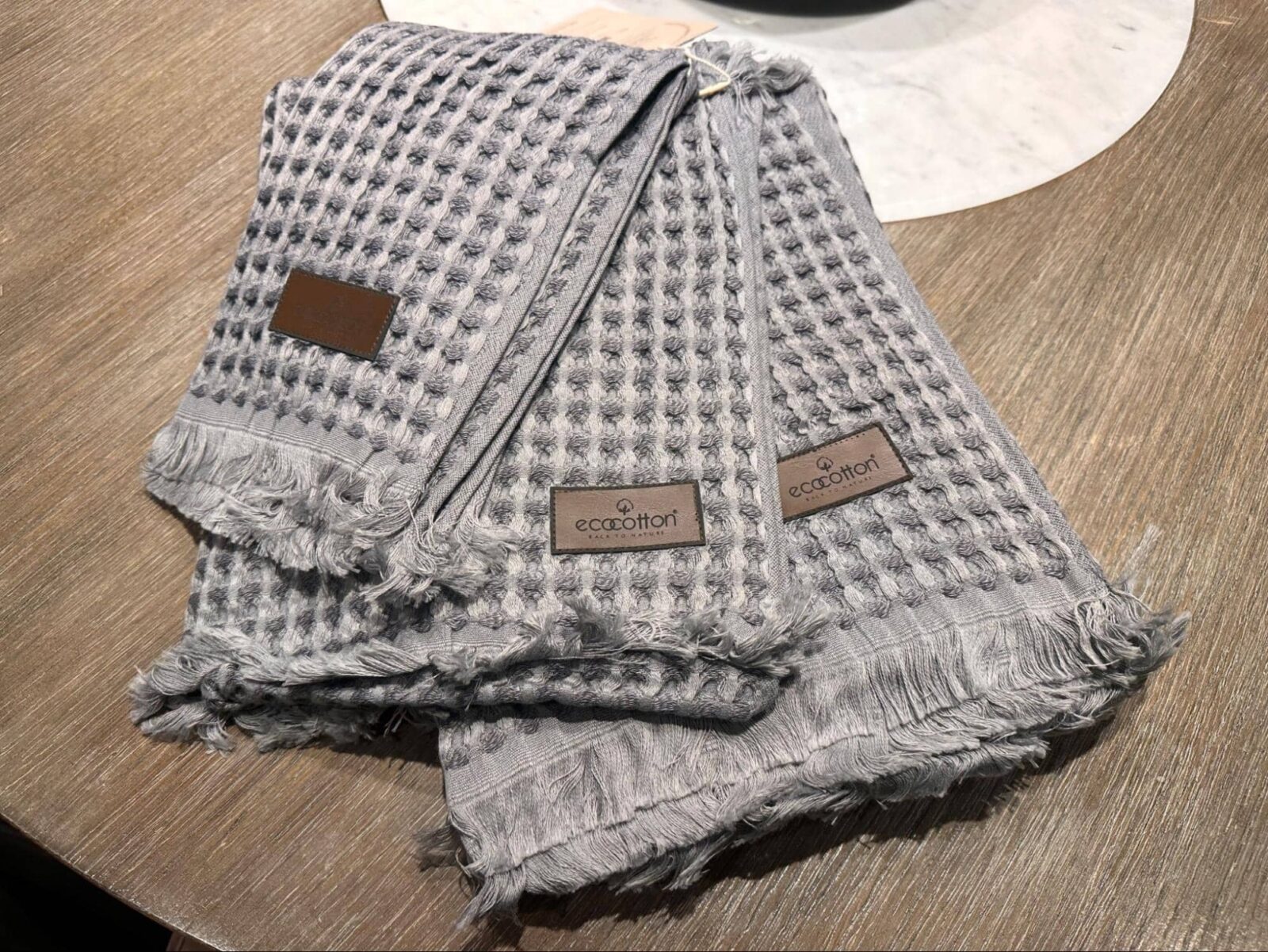
Quick tip: Next time you’re choosing a cozy throw or accent piece, ask yourself what it’s made from and how it was sourced. Even a felt coaster can be a conversation starter when it’s made from something sustainable. See photos above featuring eco-cotton towels from Ultra Luxe Linens.
Styling moment: Try pairing a reclaimed wood tray with a wool throw in a soft, natural tone for a cozy, conscious vignette.
Feather fillings: what to look for
When selecting items like cushions, duvets or upholstered furniture, feather filling can offer luxurious comfort, but not all feather products are created equally. Look for tags that indicate the feathers are ethically sourced or RDS-certified (Responsible Down Standard), ensuring they’re obtained without animal cruelty and follow strict welfare guidelines. Conscious comfort is all about knowing where your materials come from.
The beauty of wool (especially in rugs)
Wool is one of the most sustainable and high-performing natural materials you can bring into your home. Wool rugs are incredibly durable, often lasting a lifetime with proper care. They’re naturally stain and dirt resistant, which means fewer harsh chemical cleaners are needed. Best of all, wool is a non-toxic choice that doesn’t emit harmful VOCs, making it safer for your indoor air quality.
Don’t overlook felt
This boiled woodland material is not only beautiful but also highly functional. Felt is dense, durable and naturally insulating, making it perfect for coasters, pillows, and a variety of other home textiles. Its tactile, handcrafted appeal adds texture and warmth to any space while staying eco-friendly.
Wood flooring with purpose
When it comes to sustainable flooring that doesn’t sacrifice style or craftsmanship, look for local wood manufacturers in your area like Northern Wide Plank – an Ontario-based company that designs and handcrafts premium engineered wide plank flooring, tailored to the unique needs of each space.
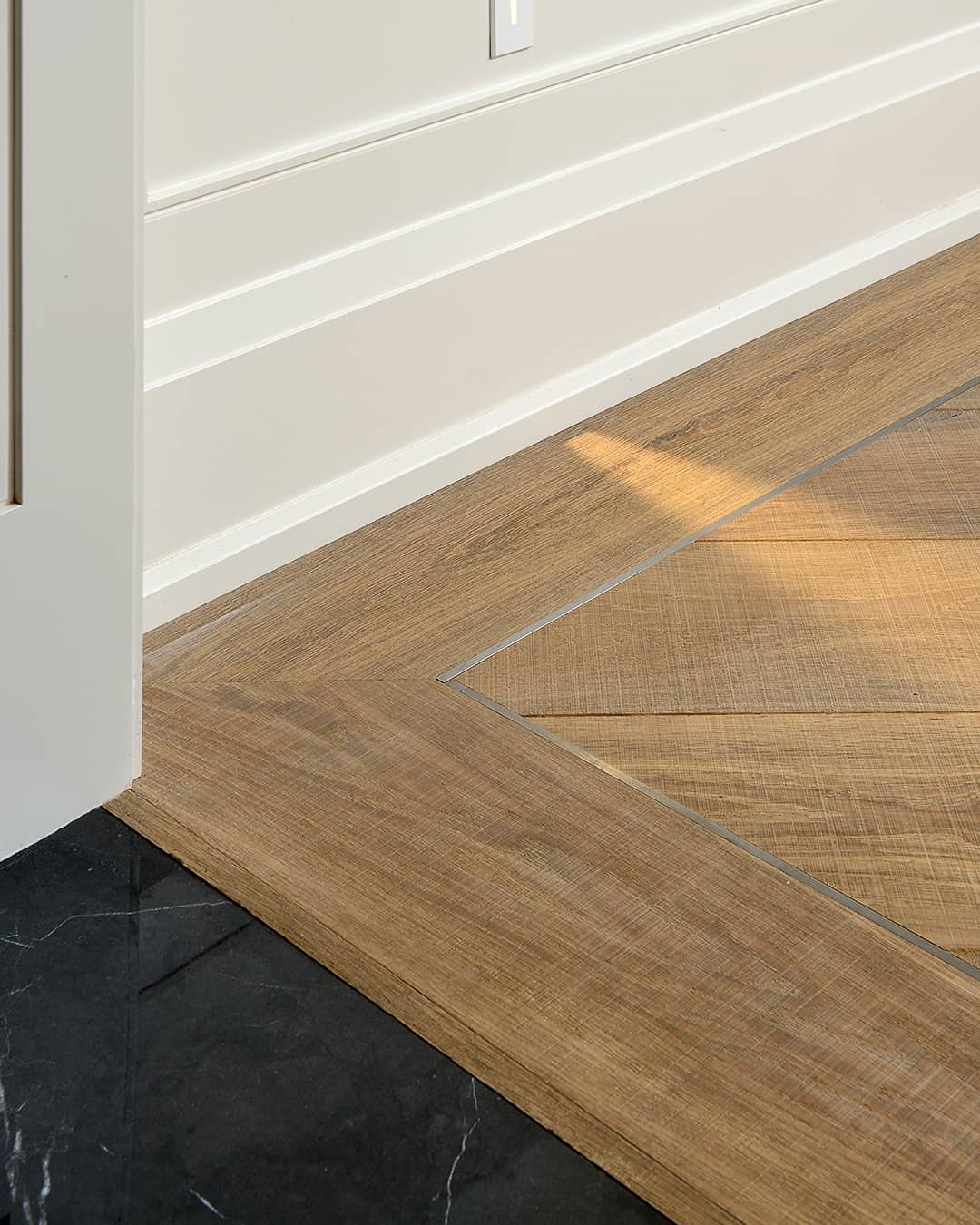
Their made-to-order approach helps reduce excess inventory and waste, reinforcing their commitment to thoughtful production and sustainability practices. With a strong focus on innovation and quality, each piece is meticulously crafted using refined techniques and locally sourced materials.
It’s a perfect example of how beautiful design and eco-conscious values can go hand in hand, right here at home in Canada!
Switch to sustainable textiles
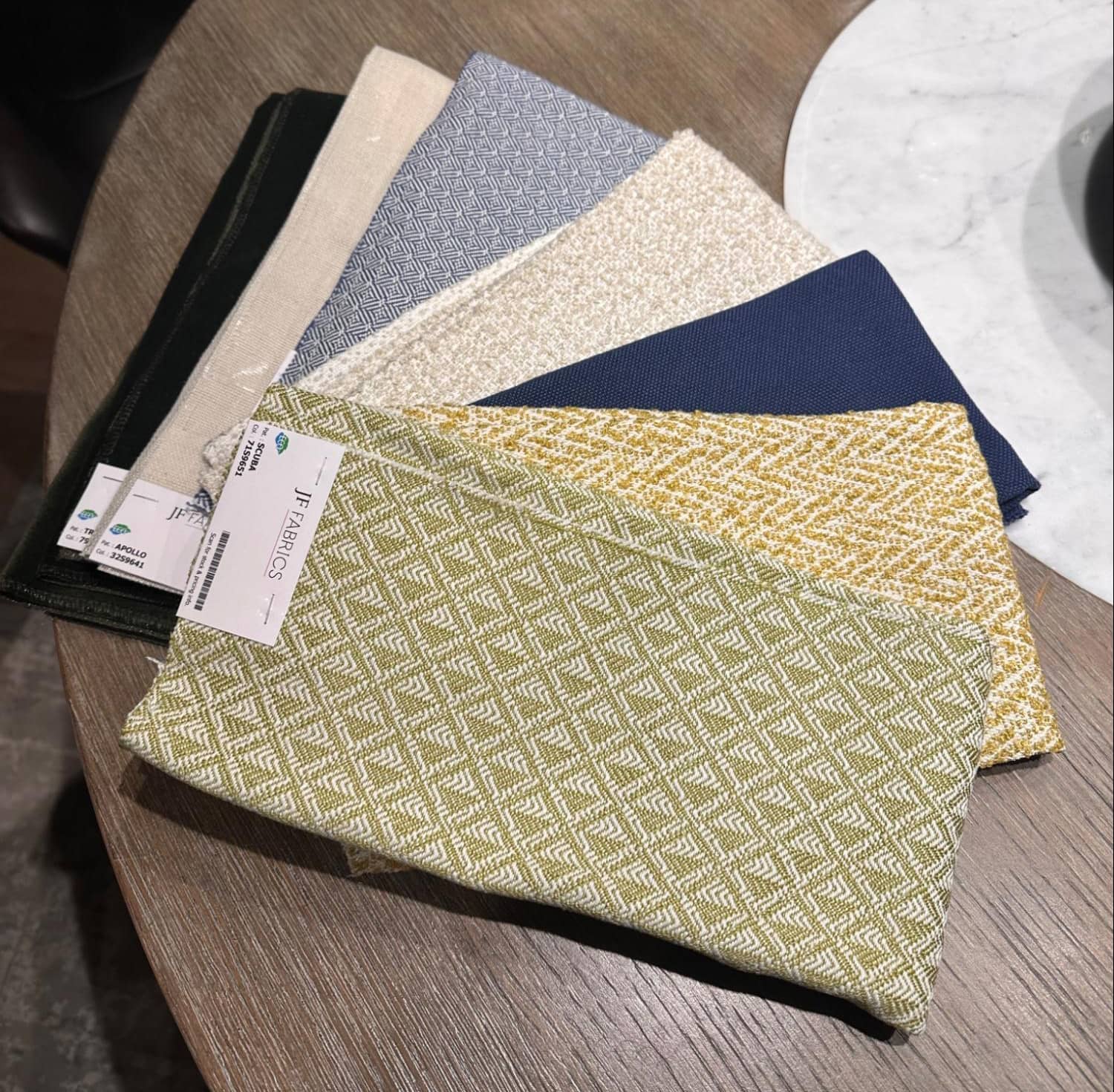 Textiles are everywhere on our beds, our tables, our floors – so opting for eco-friendly fabrics is one of the most impactful ways to embrace sustainability. Fabrics from JF Fabrics showcase eco-cotton solutions designed for durability and longevity.
Textiles are everywhere on our beds, our tables, our floors – so opting for eco-friendly fabrics is one of the most impactful ways to embrace sustainability. Fabrics from JF Fabrics showcase eco-cotton solutions designed for durability and longevity.
Pictured below, Ultra Luxe Linens features beautifully crafted tea towels made from sustainably sourced eco-cotton, combining style with conscious living.
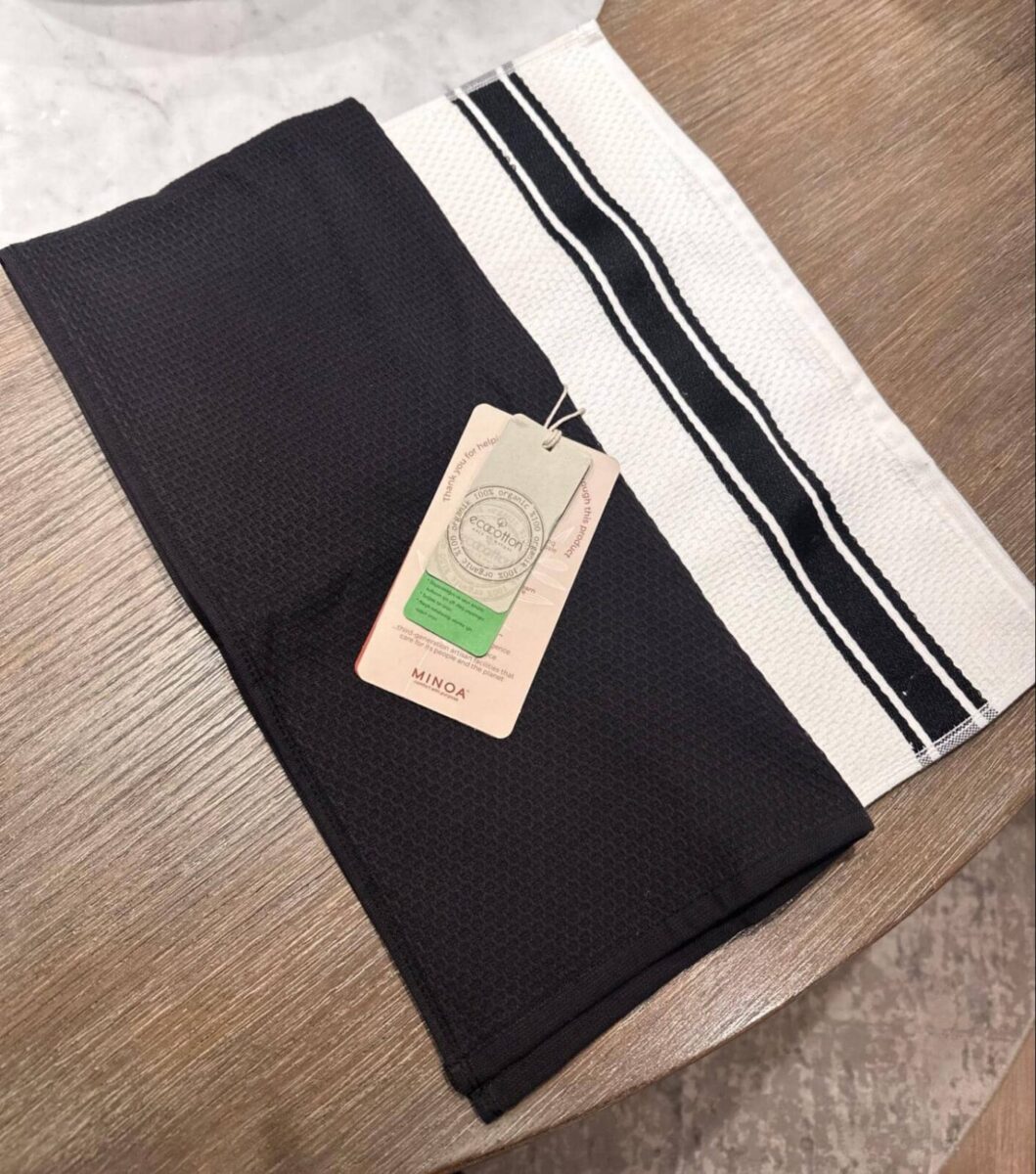
Best picks include:
- Organic linen – made from flax, this fabric is naturally strong, soft and uses far less water than conventional materials. Perfect for bedding, curtains, or table linens
- Recycled cotton – a low-water alternative to traditional cotton
- Eco-soy – derived from soybean oil, it’s a fast-growing, low-impact material gaining popularity in the design world!
Whether it’s a set of linen pillowcases or recycled cotton towels, your choices can support both style and sustainability.
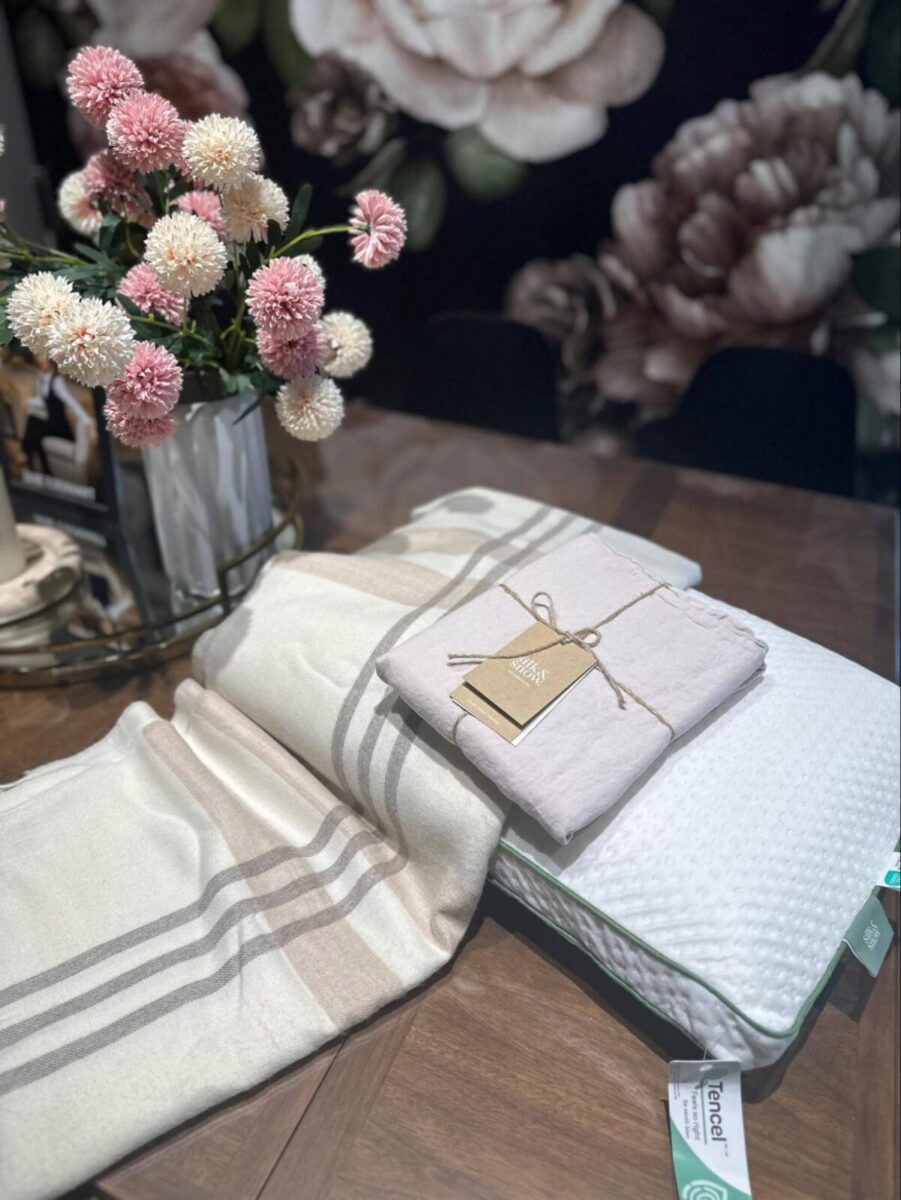
Styling moment: Layer linen bedding with textured pillows in eco-soy blends for a look that’s airy, elegant, and earth-conscious – like these beautifully crafted pieces from Silk and Snow.
Say yes to vintage & repurposed furniture!
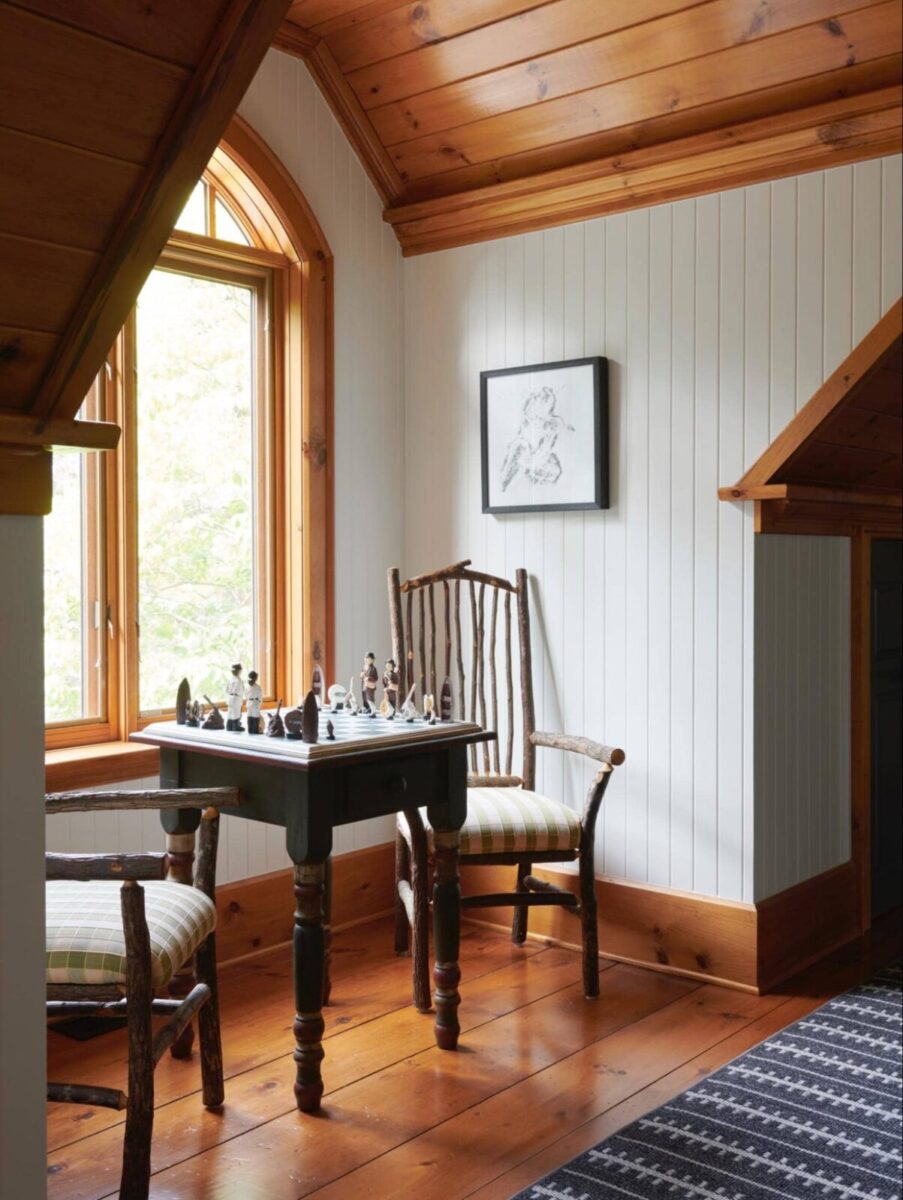
Sometimes, the most sustainable piece is one that already exists. Instead of buying new, try:
- Repainting or refinishing vintage pieces
- Reupholstering a beloved chair or ottoman
- Embracing character – that side table with a few scuffs? It has a story to tell.
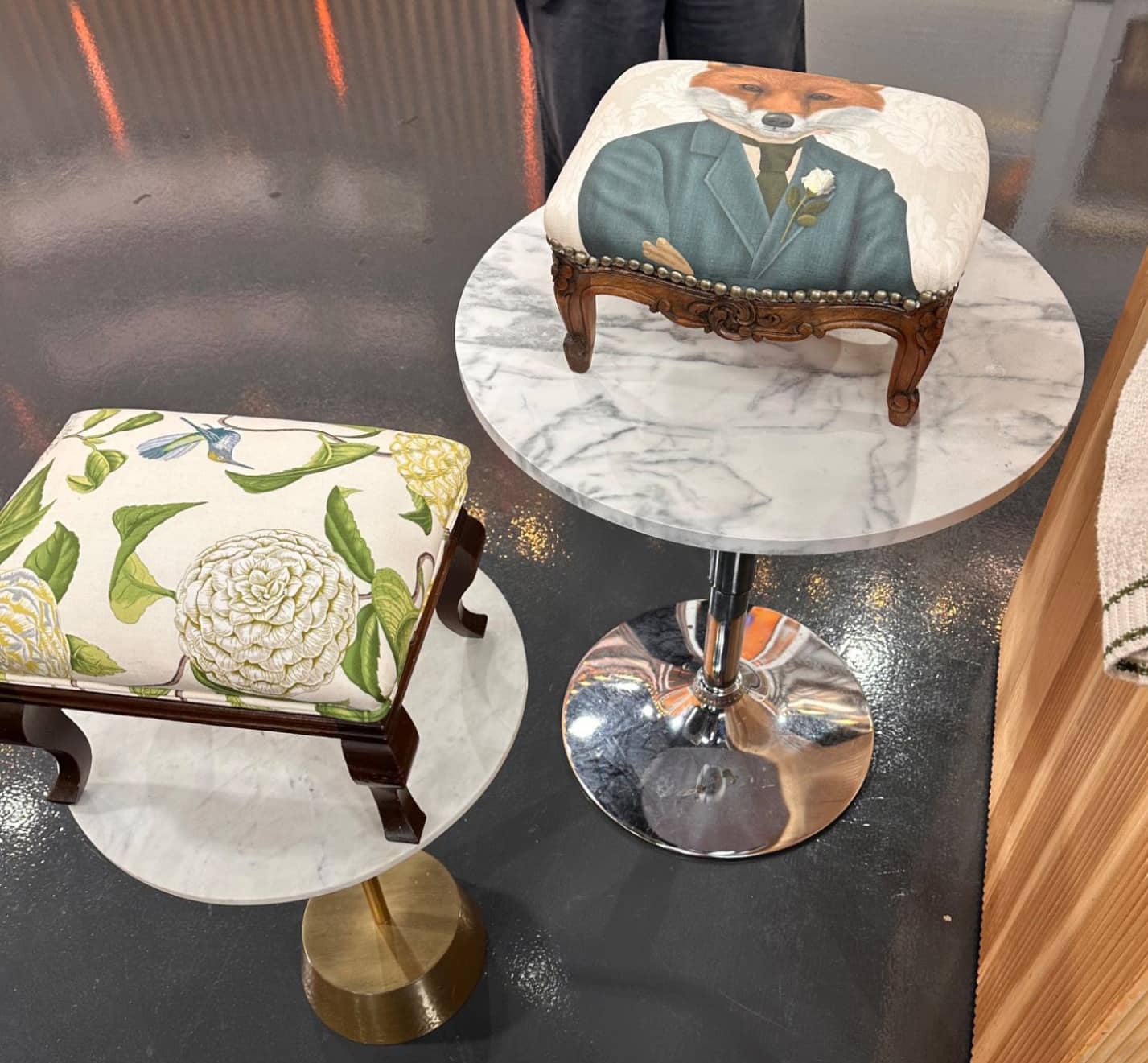
Shopping vintage or giving furniture a second life not only keeps pieces out of landfills but also adds unique character and charm to your space.Featured here are beautifully refurbished footstools from Toronto boutique A Changing Nest – proof that sustainable choices can be both stylish and meaningful.
Styling moment: Pair a repainted side table with a modern lamp or art print for a layered, curated look.
Labels to look out for
When shopping sustainably, the label matters just as much as the look. Learning to recognize the right tags and certifications can help you make informed, responsible choices.
Here are some eco-labels and keywords to keep an eye out for:
 OEKO-TEX® Certified – free from harmful substances; safer for you and the planet.
OEKO-TEX® Certified – free from harmful substances; safer for you and the planet.
 TENCEL™ – made from sustainably sourced wood pulp; produced using a closed-loop process that recycles water and solvents, minimizing waste; biodegradable and compostable under the right conditions
TENCEL™ – made from sustainably sourced wood pulp; produced using a closed-loop process that recycles water and solvents, minimizing waste; biodegradable and compostable under the right conditions
 FSC Certified (Forest Stewardship Council) – ensures wood is harvested responsibly from well-managed forests.
FSC Certified (Forest Stewardship Council) – ensures wood is harvested responsibly from well-managed forests.
 Made in Canada/Locally Sourced – supports local makers and cuts down on emissions from long-distance shipping.
Made in Canada/Locally Sourced – supports local makers and cuts down on emissions from long-distance shipping.
Start small, stay intentional
Sustainable design doesn’t mean giving up beauty. It means choosing pieces that align with your values, support ethical craftsmanship, and stand the test of time.
Start with one room, or even just a corner. Over time, those small, mindful choices add up. Because when it comes to designing a home, it’s not just how it looks, it’s how it feels. And what feels better than knowing your home is a reflection of both your style and your stewardship?

